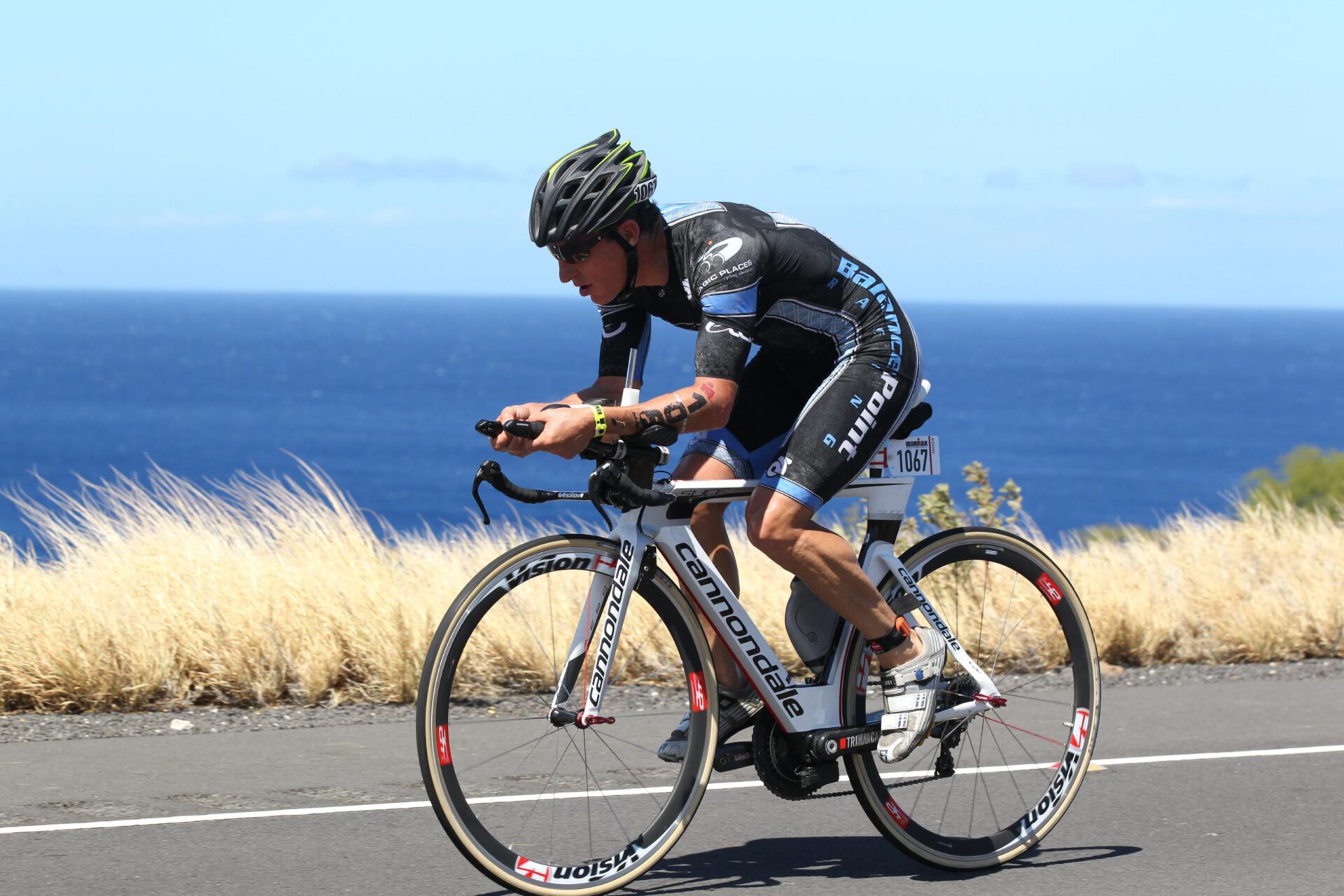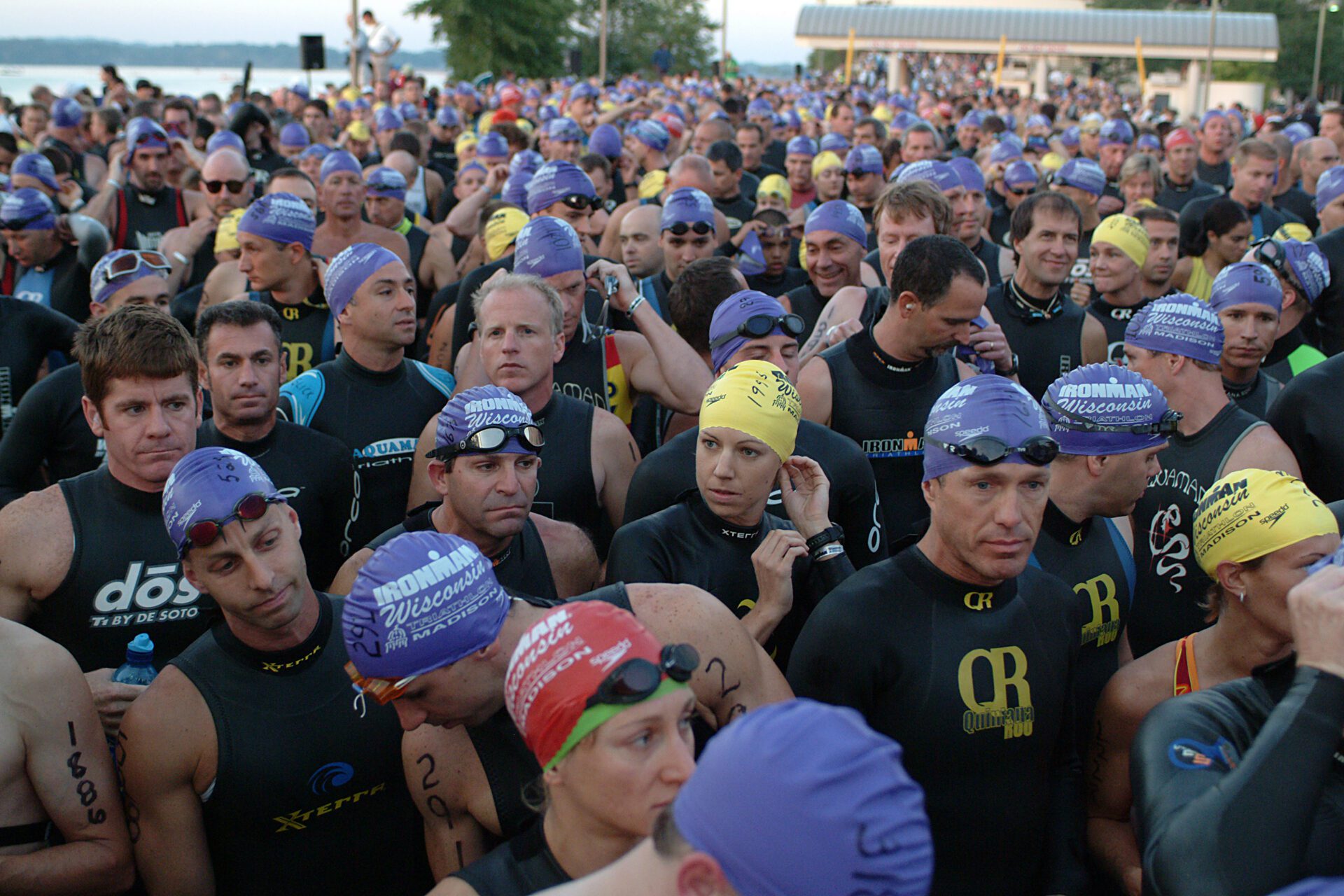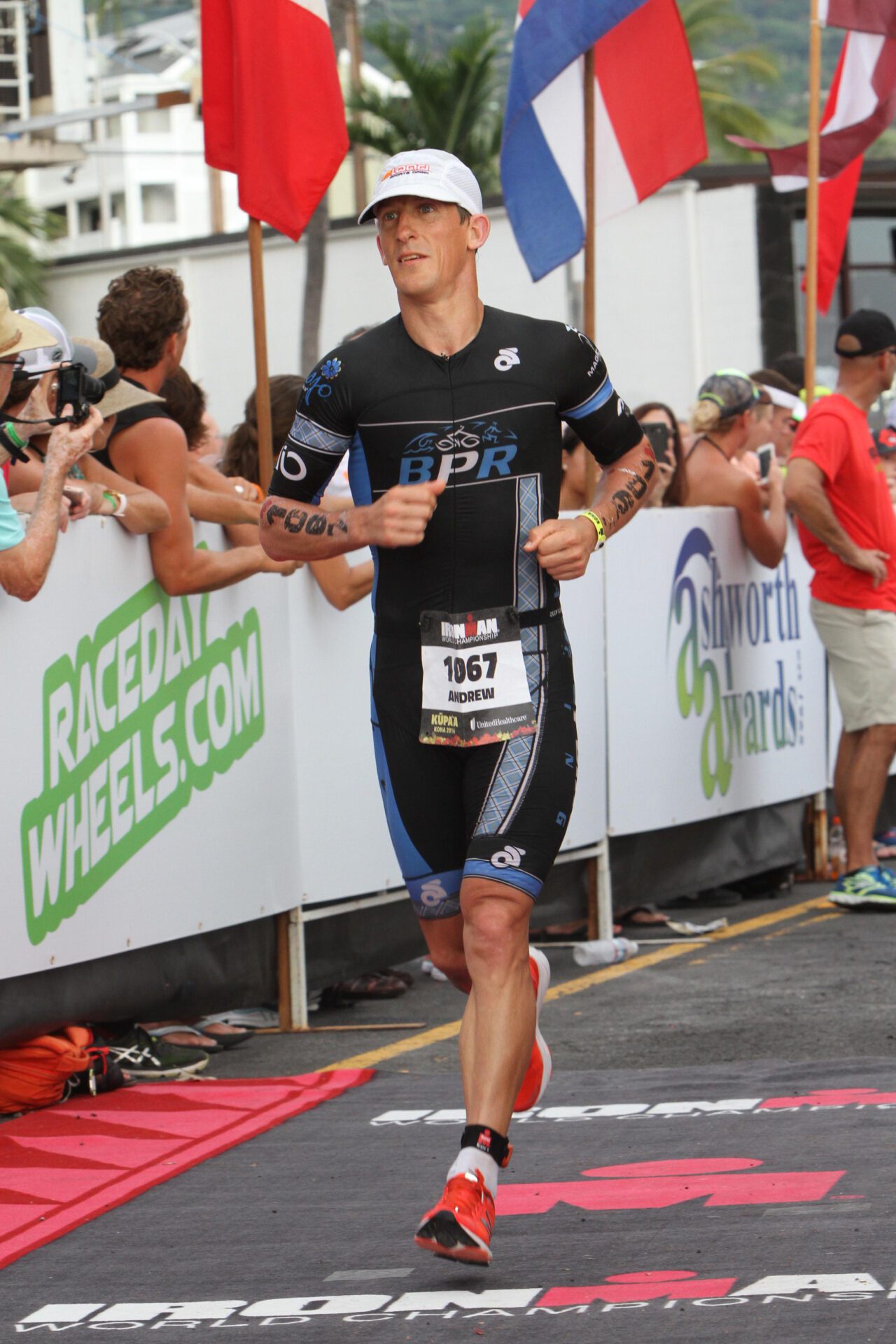The Norwegian Method Podcast: Answering 7 Essential Questions About Racing
This is the third episode in this series. If you haven’t yet listened to Episode 2, click here to read our five takeaways and listen to the episode in full. In the third episode of The Norwegian Method Podcast presented by Santara Tech, hosts Dr. David Lipman and coach Olav Aleksander Bu, explore the quintessentialContinue reading "The Norwegian Method Podcast: Answering 7 Essential Questions About Racing"

This is the third episode in this series. If you haven’t yet listened to Episode 2, click here to read our five takeaways and listen to the episode in full.
In the third episode of The Norwegian Method Podcast presented by Santara Tech, hosts Dr. David Lipman and coach Olav Aleksander Bu, explore the quintessential elements of racing, from frequency to timing, tapering, and beyond.
Here are seven essential points from Episode 3: Racing.
1. Choosing the Optimal Frequency for Races
Many triathletes wonder how often they should race on the way to their “A-Race.” The answer is to conduct a gap analysis.
If racing makes you faster, it’s smart to do more of it as you train for your ultimate target race. But there’s a sweet spot, and it comes down to your expectations going into your race.
You can either go into your lead-up races with the goal of bringing your A-game, or you can treat them as ultra-specific, high-intensity training sessions.
The latter is the most advisable option.
There is an abundance of insights that can be taken away from your lead-up races if you approach them mindfully. This includes:
- Making every run stride, swim stroke, and pedal stroke count
- Examining how you’re handling the course
- Analyzing where you lose and gain time during your race
- Practicing race tactics
- Tapping into the race feel as well as race-day psychology, routines, rituals, and mindset
- Honing in on your competitors and the people around you in the race
- Testing your equipment
Your lead-up races should be focused on the process and understanding what it takes to win. Avoid overcomplicating things so that you can make sure you’re able to bridge your learnings back to your training and approach your sessions with more clarity as to what you need to prioritize going forward.
Your goal should be to gain insights and make adjustments that help you improve your ultimate output—velocity—with the limited time and resources you have available for training.
2. Understanding the Trade-Offs in Training and Racing

From training to racing, everything you do has a cost.
If you’re an age group triathlete training six hours per week, an Ironman race is the equivalent of doing two weeks’ worth of work in one weekend.
On the other hand, if you’re a professional triathlete training 30 or more hours per week, it’s the opposite.
Recovery isn’t just about physiology—it’s psychological as well. You don’t want to compromise your future training sessions by overexerting yourself in a lead-up race, and there’s much less recovery needed for a professional triathlete than there is for an age grouper.
As an age grouper chasing a podium, it’s wise to focus on one “A-race” and to do no more than one lead-up race per season.
3. Determining the Right Way to Taper
Out of all the elements involved in racing, tapering comes with the most ambiguity.
When it comes down to planning your ideal taper, it all boils down to what brings out your best performance.
Consider first the reason why you taper for a race: to be recovered enough to bring out your A-game on race day.
In its simplest form, training is the act of breaking things down and then recovering them. Some things take more time to recover than others.
But it’s difficult and dangerous to separate psychology and physiology. Your body recovers by avoiding stress, but your body understands stress itself—not the source of it.
So, tapering is as much about destressing your mind as it is about reducing the toll of training on your body.
The simplest way to approach your taper is to base it on your training outputs: if you train ten to 15 hours per week, bring your training sessions down to short, easy outings for a few days before the race in order to reduce both your physical and mental fatigue.
4. Abiding by the Golden Rule of Tapering
The final two weeks before your race are a critical period.
At this point, you should begin to take away things that don’t matter on race day and instead focus on the specifics of what you need to do during your race.
Two weeks out, deprioritize duration but practice the intensity you’re targeting on race day. Your body adapts to whatever you put it through and, on race day, you want your body to remember your target intensity.
One week out, begin to reduce your intensity.
Remember, tapering is all about recovery. In this phase, you will not gain any significant increases in fitness before your race.
Your goal at this point is to control fitness loss while maintaining form so that you don’t undershoot on race day. If you go too hard, you will go into race day with too much fatigue. This means it’s better to do a little bit too little rather than a little bit too much.
Remember the golden rule of tapering:
You can’t win a race in the final two weeks, but you can ruin it. You have nothing to gain at this point, but you can make a costly mistake.
5. Gaining Confidence from Data During Your Taper

There’s a common misconception that you will always feel great during your taper phase, but this isn’t the case.
You will not always feel like you’re at 100% during this phase, but having detailed data sets provides positive reinforcement that you are ready to go.
This is another reason why consistent testing throughout your training is so essential.
6. Making Course-Specific Preparations
There are two factors to consider when training for your A-race:
- General preparedness
- Course-specific preparation
If you already know when and where your A-race will be, It’s optimal to begin incorporating course-specific preparation into your general training, in some capacity, as soon as you can.
For instance, if you lose time on downhill sections because of your comfort with cornering or proficiency with technical passes, it’s smart to start incorporating this into some of your training sessions. The same applies if your race includes significant elevation gains.
Investigate the course map for your race, look on Google Earth to determine the elevation profile, and bring that into your training sessions every other week.
Don’t compromise your training, but bring these elements into your sessions so that you can gain confidence that you will do well in these sections rather than losing time.
7. Scheduling Your Travel to Your Race Destination
Deciding how far in advance you should travel to your race destination depends on a number of factors, including where your race is taking place and how the conditions vary there compared to where you train.
For example, consider the temperature and elevation changes at your race destination compared to your training location.
Beyond that, think about what you need to accomplish at your race location. There are lots of logistics that go into racing and, since tapering is both physical and mental, arriving early can ensure you acclimate physically and reduce stress mentally.
Try to avoid leaving just enough time and instead give yourself an adequate amount of time to get settled and comfortable. This is especially important where there are timezone shifts as they can affect your circadian rhythm and gut health—both of which can significantly impact your performance on race day.
If you’d like to learn more, you can listen to episode 3 in its entirety. You can also find brand-new video content, news, and updates from The Norwegian Method on the VO2 Master blog.
